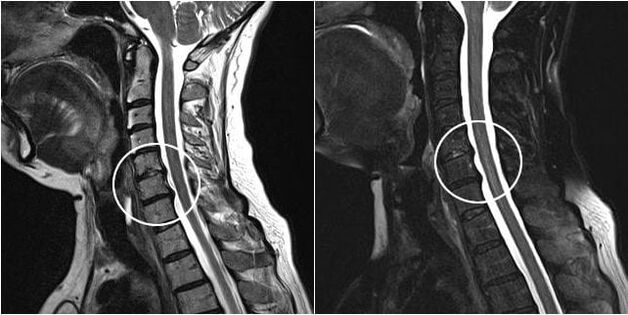
Cervical osteochondrosis is diagnosed in women more often than in men. And this is due not only to the lower strength of the apparatus of tendon ligaments, to the weakness of the muscle corset. Throughout her life, a woman's body is subject to fluctuations in hormonal levels, which can negatively affect the condition of cartilage and bone tissues. But the methods of conservative and surgical treatment of cervical osteochondrosis in both sexes essentially do not differ.
Characteristics of female osteochondrosis
Osteochondrosis of the cervical spine in women develops and progresses according to the same scenario as in men. Intervertebral discs lose their ability to retain moisture, begin to slowly collapse, involving bone structures, ligaments, tendons in the destructive process. But due to the weak muscles of the neck, the most fragile spinal segments, the first symptoms of the disease in women appear faster. Already at the initial stage of development, there may be severe discomfort that limits mobility.
It should be noted the lower resistance to stress of women of all ages. Having learned about the impossibility of complete treatment of osteochondrosis, they can bring themselves to a depressed state with experiences. Therefore, antidepressants, antipsychotics, sedatives, and tranquilizers are often included in treatment regimens.
Causes of the disease in women
The main reason for more frequent damage to the intervertebral discs in women is the decrease or increase in the level of hormones in the body. After the onset of natural menopause, the production of estrogens, which are involved in the regulation of the biosynthesis of cartilage and bone tissues, gradually decreases. The decrease in estrogen levels in menopause leads to damage to the discs, causes the development of osteoporosis (increased bone fragility).
Women watch their weight, so they often refuse foods with a high calcium content - sour cream, cheeses, peas, soy, beans. And if the diet is followed, not only does the body weight decrease, but also a deficiency of the most important trace elements and vitamins occurs, which causes premature destruction of the intervertebral discs.
Symptoms
At the first stage of radiography, the signs of osteochondrosis are weakly expressed. Only the abnormal surface of the intervertebral discs is noted. Therefore, a woman feels only a slight discomfort in the neck that occurs after physical exertion or a long stay in a position with her head down. Gradually, however, the intensity of the pain increases. It appears not only when turning and tilting the head, but also in a state of rest. In the absence of medical intervention, the pathology progresses steadily. As a result of the attack by osteophytes, displaced discs of the vertebral artery, the following clinical manifestations appear:
- jumps in blood pressure;
- headaches (cervical migraines), dizziness, pre-fainting.
- reduced visual acuity and hearing, double vision of objects in front of the eyes, tinnitus.
- fatigue, apathy, sleep disorders.
- tickling sensation, "coma" in the throat.

Also, when tilting or rotating the head, a tingling sensation is heard, and the mobility of the cervical region is limited.
Diagnosis of pathology
The initial diagnosis can be made based on an external examination, patient complaints, and the results of a series of functional tests to assess range of motion, reflexes, and sensation. To confirm it, an x-ray is taken in 2 views. The study is informative not only for the detection of osteochondrosis, but also for determining its stage, the degree of damage to the discs and vertebrae. Discography allows accurate examination of the affected intervertebral discs, and if damage to the neural pathways is suspected, patients undergo an electrophysiological diagnosis:
- evoked potentials.
- electroneurography;
- electromyography.
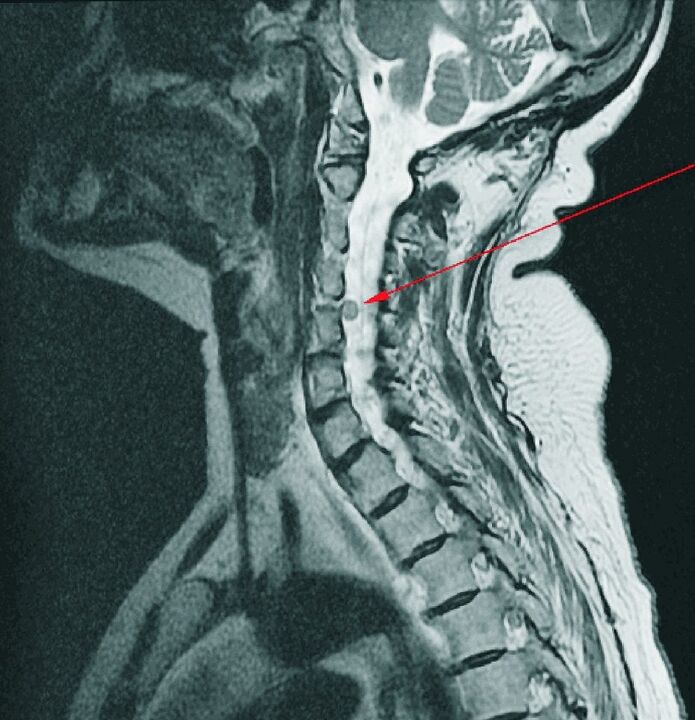
Computed tomography, magnetic resonance imaging serve as additional diagnostic methods, often used to assess the condition of the spinal cord, detect complications - protrusions or intervertebral hernias. These studies are performed to differentiate cervical osteochondrosis from tuberculous spondylitis, osteomyelitis, benign and malignant neoplasms, ankylosing spondylitis, rheumatism.
First aid for exacerbations
During a relapse of cervical osteochondrosis, there is such severe pain in the neck that the woman is afraid to turn or tilt her head. To reduce its intensity, lie on a hard surface. It is necessary to take a position of the body in which the pain recedes. If, on the recommendation of a doctor, a Shants collar or a semi-rigid bandage has already been purchased, then it must be worn during movement.

To stop a pain attack you will allow taking one tablet of any non-steroidal anti-inflammatory drug (NSAID). Ointments and gels with NSAIDs have a strong analgesic effect.
When providing first aid, the use of cold or heat is undesirable. Often, a relapse occurs due to muscle spasm, and cold compresses will only increase skeletal muscle tension. Dry heating is an effective way to eliminate symptoms, but only if there is no inflammatory process in the soft tissues of the neck.
How to treat cervical osteochondrosis in women
Osteochondrosis of any location has not yet been completely cured. A neurologist or spondylologist will definitely explain to a woman the meaning and principles of the upcoming treatment. Treatment aims to achieve a stage of stable remission. At this stage, any painful sensations occur extremely rarely and the range of motion is fully preserved.
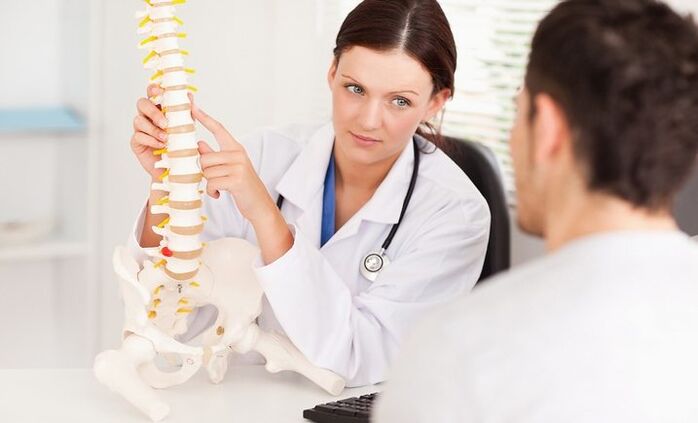
It is impossible to limit yourself only to taking drugs, since the means that restore the discs and vertebrae have not yet been synthesized. It is necessary to follow all the doctor's prescriptions - attend physiotherapy, massage activities, exercise therapy and gymnastics.
From the first days of treatment, patients are advised to wear Shants collars - orthopedic devices that stabilize discs and vertebrae. They prevent displacement of the spinal structures, thus reducing the possibility of recurrences.
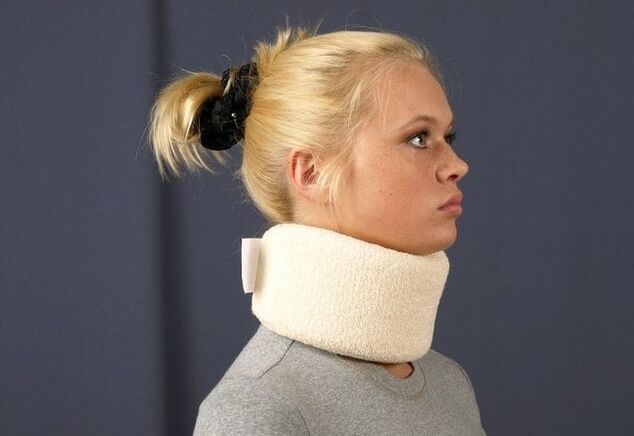
Overview of drugs for treatment
Sometimes during exacerbations of cervical osteochondrosis, burning, piercing pains occur due to damage to the spinal roots. They can be eliminated only by intramuscular administration of NSAID solutions. And if they are ineffective, drug blockades with anesthetics and hormonal agents are used. Glucocorticosteroids are not often used because of their negative effects on internal organs, cartilage and bone tissues.
To get rid of pain of mild severity, a woman will be allowed to take NSAIDs in the form of tablets or capsules. Non-steroidal agents in the form of gels and ointments are prescribed for mild pain, as well as to reduce doses of systemic drugs.
| A group of drugs for the treatment of cervical osteochondrosis | Therapeutic action |
|---|---|
| Carboprotectors | Partial restoration of the cartilaginous tissues of the intervertebral discs |
| Means that improve blood circulation | Eliminate the lack of oxygen and nutrients, stimulating regeneration |
| B vitamins | Normalize the transmission of impulses in the central, peripheral nervous system |
| Muscle relaxants | Relax skeletal muscles, eliminate muscle spasms |
| Warming ointments | They accelerate blood circulation, have an analgesic, anti-exudative effect |
| Antidepressants, tranquilizers, tranquilizers | Relieve increased stress, anxiety, sleep disorders |
Therapeutic exercise, gymnastics, exercises
The most effective way to treat osteochondrosis is daily exercise therapy. With the help of dosed loads on the cervical spine, the muscular corset is strengthened, blood supply to the tissues with nutrients is improved and the risk of exacerbations is reduced. It is necessary to start gymnastics immediately after the cessation of acute pain. The exercise therapy doctor draws up a set of exercises individually for a woman, taking into account her physical condition and the severity of the pathology. All movements are performed smoothly, with a small amplitude. This will strengthen the muscles without damaging the cartilage tissue. What exercises do physiotherapists recommend:
- sit up straight, put your hand under your chin. Try to tilt your head, resisting with a brush.
- in a sitting position, put your hand on your cheek. Tilt your head to the side, resist with a brush.
- stand up, put your hands on your belt. Turn your head first in one direction and then in the other direction, without throwing it too far back.
With osteochondrosis, patients are recommended swimming, yoga, pilates, water aerobics, Nordic walking. Cycling, running, lifting weights are prohibited.
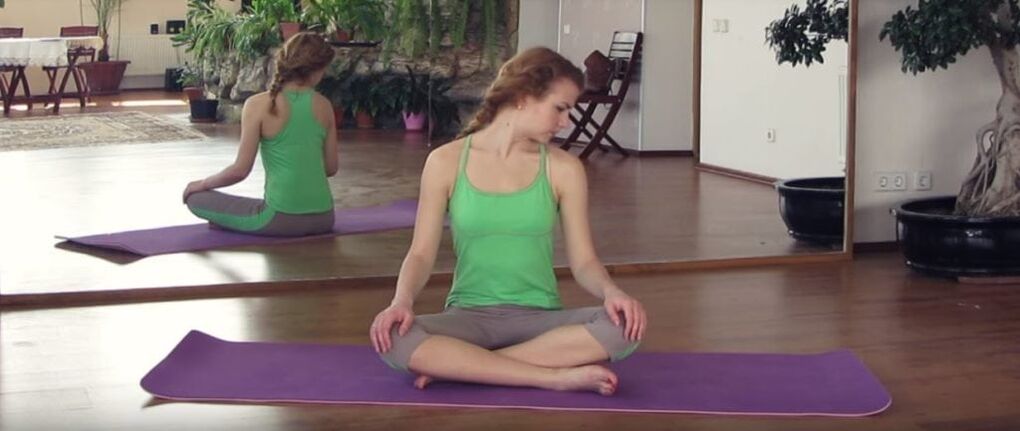
Nutrition and diet
With cervical osteochondrosis, nutritionists recommend limiting the use of alcohol, coffee and strong tea. These drinks interfere with the absorption of calcium, quickly removing it from the body. Lightly salted mineral waters, fruit compotes and jellies, vegetable juices, berry fruit drinks should be preferred. The optimal amount of fluids to drink is 2-2. 5 liters per day.
It is necessary to give up fast food, semi-processed products, smoked meats, fatty meats. The daily food menu should consist of fresh fruits and vegetables, cereals, dried white bread or rye bread and fermented dairy products. Useful turkey, chicken breast, rabbit meat, lamb. 2-3 times a week you should eat some fatty fish, such as salmon or Norwegian herring.
It is better to give up fried foods altogether. The most useful products are baked in foil, cooked in water or steamed.
Physiotherapy
In the rehabilitation stage, patients are assigned 5-10 physical therapy sessions. Electrophoresis or hyperphonophoresis with chondroprotectors, solutions of calcium salts, vitamins of group B is carried out to restore cartilage tissues, improve innervation and increase the strength of the apparatus of tendon ligaments. The same operations, but only with glucocorticosteroids, analgesics, anesthetics in the subacute period, are aimed at relieving pain and inflammation.
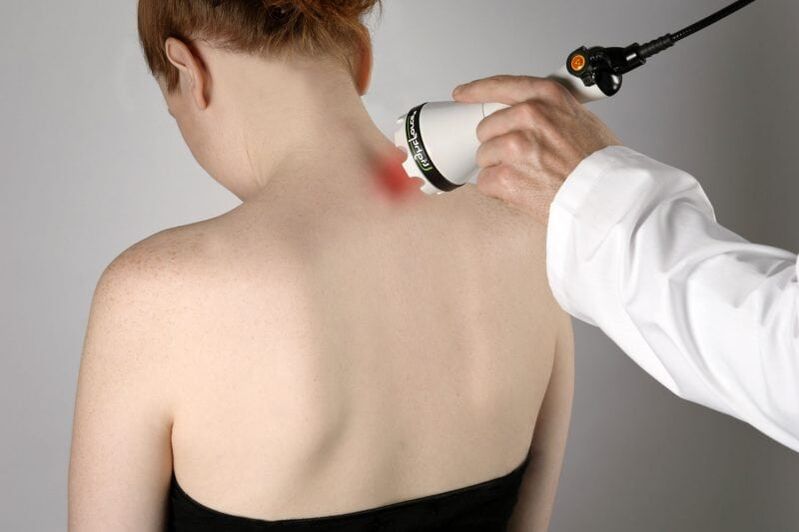
The following physiotherapy procedures can also improve a woman's well-being:
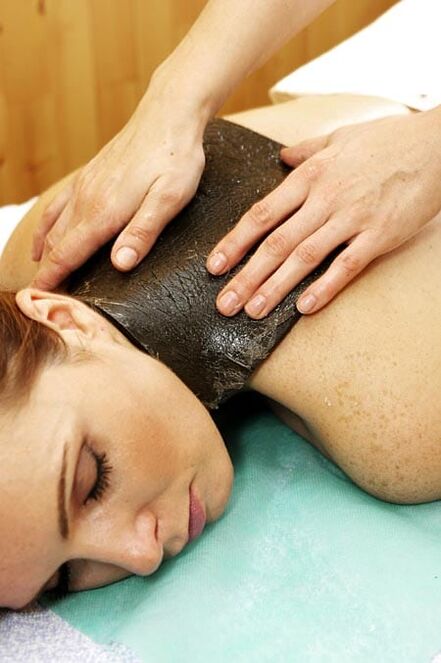
- UHF therapy?
- magnetotherapy?
- galvanic currents?
- laser therapy;
- shock wave therapy.
Applications with ozokerite, diskophite, paraffin are used. The use of therapeutic mud and mineral waters, the setting of medical leeches has proven itself well in the treatment of cervical osteochondrosis.
Massage
During the massage, a mechanical effect is made on the muscles of the entire back, and not only on the cervical area. But it is on them that the specialist focuses special attention. As a result of kneading, grinding, performing pressing and cutting movements, spasmodic skeletal muscles are relaxed, ligaments are strengthened and blood circulation is improved. In the treatment of osteochondrosis, the following types of manual massage and material massage are used:
- classical;
- point;
- vacuum;
- Swedish;
- departmental.
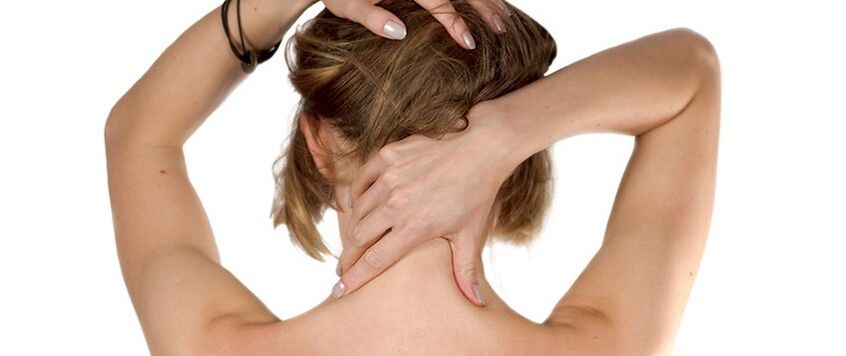
Pharmacies and medical supply stores sell manual electric massagers. They are equipped with special nozzles, speed controllers. And the comfortable long handle of the devices allows you to independently massage the back of the neck.
Folk remedies
In folk medicine, for the treatment of osteochondrosis, homemade ointments, rubbing with alcohol and oil, compresses, decoctions and tinctures are used. Representatives of official medicine are skeptical about such methods of treatment for degenerative-dystrophic pathology due to their low clinical effectiveness. Herbal decoctions of chamomile, St. John's wort, rosehip infusion are excluded.

Features of the treatment of elderly women
The treatment of elderly patients is carried out using the same techniques as the treatment of young women. But when determining the dosage regimen, the neurologist takes into account the presence of chronic pathologies in the elderly, a decrease in the functional activity of the liver, kidneys and gastrointestinal tract. The doctor selects drugs, the use of which has a mild effect on the internal organs and reduces the risk of side effects.
What is dangerous cervical osteochondrosis
The main signs of cervical osteochondrosis are similar in both sexes. But the neurological symptoms are more intense in women. They are most often diagnosed with damage to the spinal roots and the vertebral artery, which supplies the brain with nutrients.
With cervical osteochondrosis of the 2nd and 3rd severity, the roots of the spine are often violated, which leads to the appearance of acute pain, loss of reflexes and a decrease in sensitivity. Serious complications of the pathology are intervertebral hernia, radicular syndrome, discogenic myelopathy.
Preventive actions
In women who prefer narrow shoes with high heels, cervical osteochondrosis is often detected. When wearing it, the load on the spine is unevenly distributed, which leads to microtrauma of the cartilaginous tissues. Women also often suffer from hypothermia, strongly experience ordinary domestic conflicts. And these factors are conditions for the development of pathology. Therefore, their exclusion from the usual lifestyle becomes an excellent prevention of osteochondrosis of any location and its consequences.




























